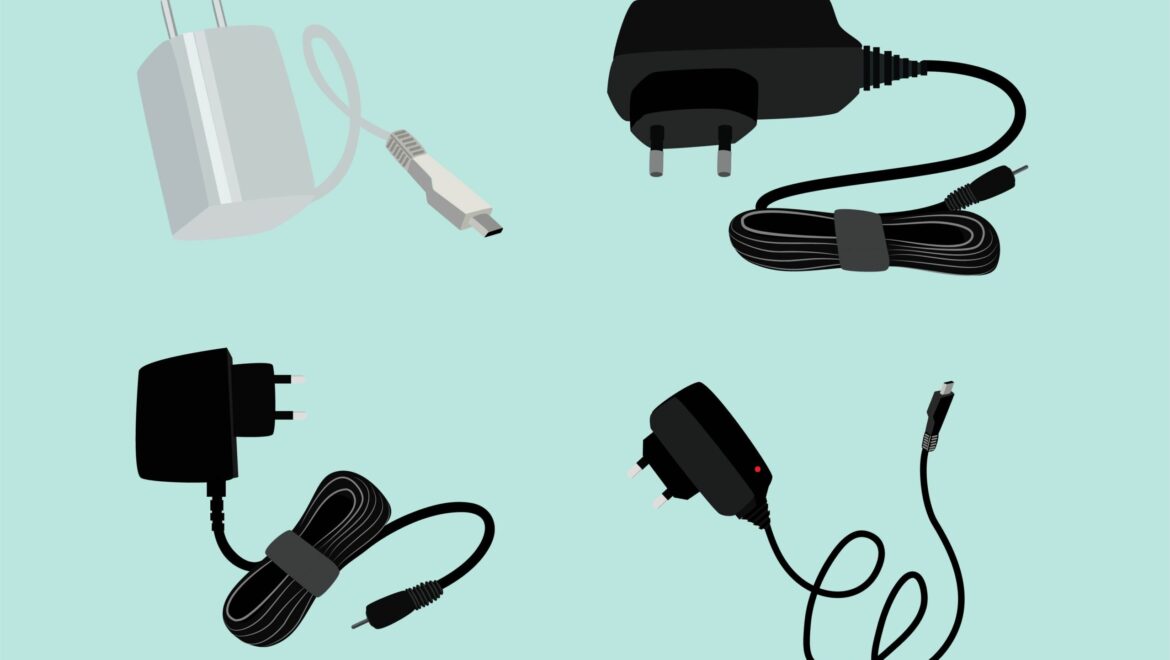Mobile phones have become an integral part of our lives, almost inseparable. Undoubtedly, from making calls to playing games mobile phones are now part of our daily routine. It has completely changed our lifestyles. From our important business calls to our binge-watching, everything is possible in this portable device.
Smitten by its amazing features, have we ever thought about the power a mobile charger consumes?
Let’s consider, a typical mobile phone charger that is rated at anywhere between 2-8 W, which takes 2 hours for charging. The maximum energy consumed will be 0.016 units (calculated as Daily Units = (Wattage x Usage hours per day) ÷ 1000). This figure seems very small but considering the different ratings of adapters available in the market these days and the number of users, it will contribute to a larger power consumption factor:
Expected number of mobile phone users in India: 55% of total population = 743,953,254
Power consumption of 1 adapter per day: 0.016 units
Power consumption of 1 adapter in a year: 5 units (approx.)
Power consumed by all mobile adapters in a year: 3,719,766,270 units of Electricity

Apart from this, we sometimes forget to switch off the charger when not in use or we charge our phones during the night, wasting electricity post charging. The battery charger has a transformer with rectifier in them that converts AC (Alternating Current) to DC (Direct Current). Transformer with a rectifier not only convert the electricity but they also consume it, even when the cell phone is not connected to the charger and the switch is on.
Thus, it is clear how ill practices of mobile charging is leading to huge amount of energy wastage. Keeping in mind all these consequences, nations like USA, New Zealand have started implementing energy conservation programs for mobile chargers.
In the same direction, the Bureau of Energy Efficiency (BEE), under the Ministry of Power, which aims to reduce the energy consumption of appliances, are working to introduce star (energy) labelling program for mobile phone chargers.
The process is under standard development phase as of now, BEE is collecting reliable market and performance data from various stakeholder and manufactures. Soon we will see Mobile chargers are being introduced in Voluntary Scheme of BEE Standard and Labelling Scheme.




